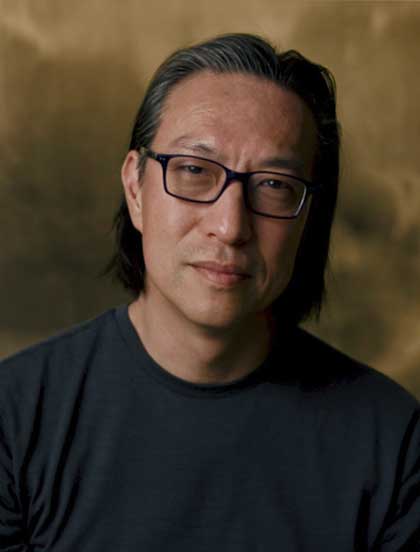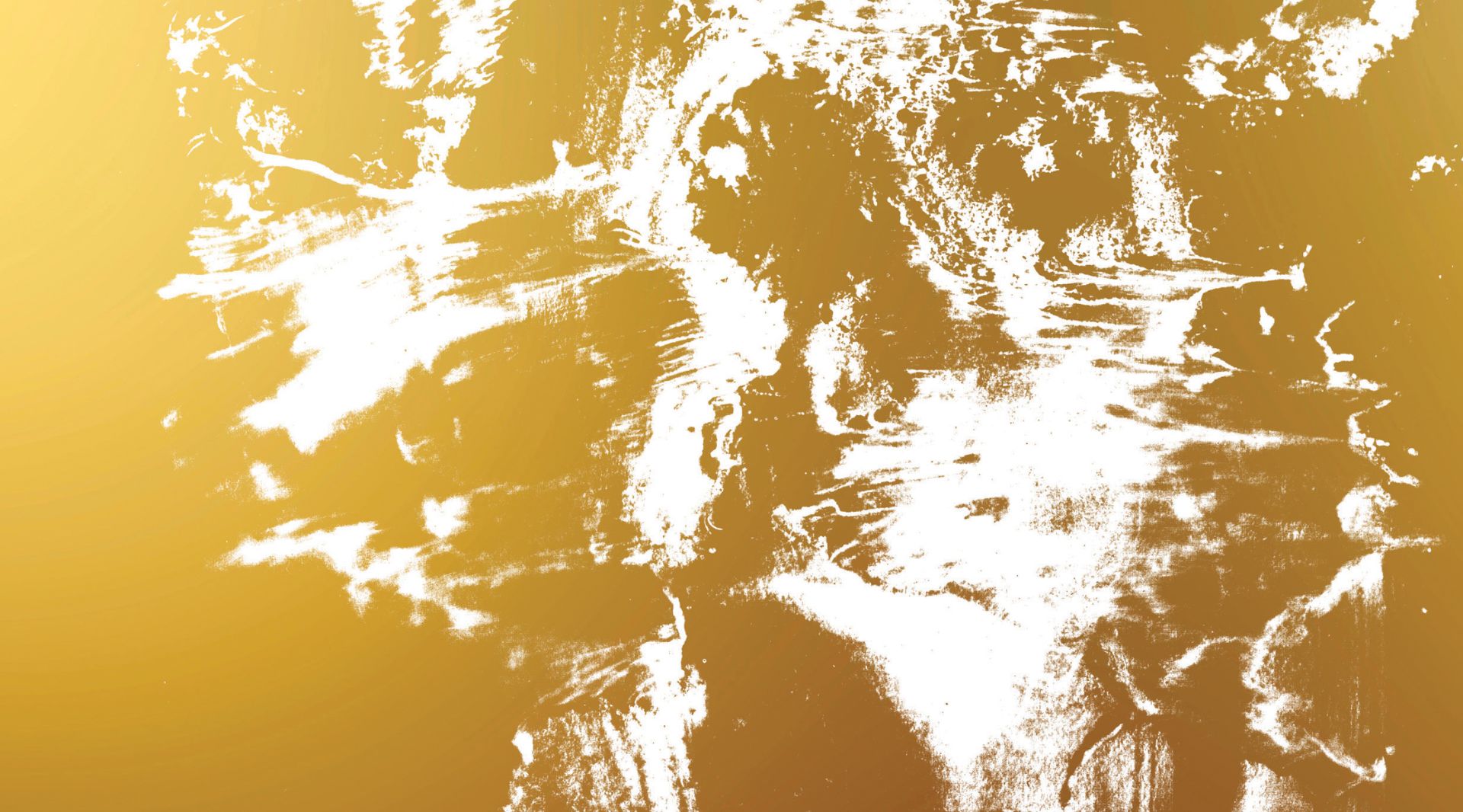Many of you enjoyed an article posted on the Disciplemaker, Why Beauty Matters to the Disciplemaker. The article points to the beauty of our planet as a reflection of holiness from our Creator and Lord.
Celebrated artist Makoto Fujimura pulls together a collection of writings and artwork in the re-release of Refractions: A Journey of Faith, Art, and Culture 15th Anniversary Edition. The concept of refractions underscores a philosophical framework for creativity and life that he has developed, ultimately leading to culture care and theology of making—two expressions that he has coined. In this excerpt, he tells of a businessman who relied on his second wind to slowly craft his poetry over time. And Makoto shares his own experience with the idea of a second wind to flourish his calling as an artist.
For years poet Dana Gioia served as a vice president of General Foods before leaving business to write full-time. He told me, “I would come home too late and very tired, but each night I made myself sit down at my desk and simply copy the last paragraph of the essay I was working on or the last stanza of a poem. Usually, I got my ‘second wind.’” With this “second wind” he became one of the most prolific and influential American writers of our time. Many of his coworkers and employees did not even know that he wrote poems until he began winning significant poetry awards (leading to his American Book Award in 2001) and his essays began to appear regularly in the Atlantic Monthly.
I think of what Dana stated when I, too, find myself exhausted by my juggling act of trying to make ends meet, raising a family in this wild city. And yet, no matter how tired I am, when I prepare a panel with freshly spread handmade Japanese Kumohada paper and enter the daily ritual of painting, I rediscover the joy of creating.
The process of creating renews my spirit, and I find myself attuned to the details of life rather than being stressed by being overwhelmed.
I find myself listening rather than shouting into the void. Creating art opens my heart to see and listen to the world around me, opening a new vista of experience. This is the gift of the “second wind.” Such a state taps into what I now call eternal timefulness.2
A timeful experience is given when our minds are allowed to fully respond to the senses, to tap into the eternal reality that God opens for us via creativity. It’s what William Blake, meant when he wrote,
“To see a world in a grain of sand,
And a heaven in a wild flower,
Hold infinity in the palm of your hand,
And eternity in an hour.”
William Blake, eighteenth-to-nineteenth-century poet
In order to “see a world in a grain of sand,” we must pause to pay attention to the details of life, to let our eyes wander into the crevices of the earth below, to observe the shadows as well as the light, to perhaps even see how the light is refracted in the fragmental remains of sands. And such observational skills must be cultivated as a form
of discipline, even in the midst of the hectic lives we lead.
I am often asked, “How do you juggle family, ministry, and your art all at the same time?” Many people have a hard time keeping their creative side alive in the busyness of our times. The advice I give is to dedicate a space, even a small desk, for working on nothing other than your art, whatever medium that may be. Guard against other parts of your life invading that dedicated space. Then, I advise them, do what Dana Gioia did: Make yourself sit down in front of that dedicated space. If you are a poet, like him, copy the last stanza you wrote; if you are a visual artist, open the sketchbook
and look at what you have done. Most of the time, you will get your “second wind” as well.
Much of the days that I spend in the studio, I am preparing, waiting, and working to get ready to paint. Being a full-time artist means spending more than half of my time earning the right to create. I may be making a business call to a New York gallery or waiting in line at the bank to send money to a Japanese papermaker. I could be simply stretching cotton canvas onto stretchers to prepare the surface or waiting for the paper to dry. Often, I am simply “showing up” to be in a regular rhythm of being available to create, and I may not feel creative at all. But my second wind kicks in to provide surprising moments of creative bursts. I value these moments. They allow me clarity and focus even in the midst of a stressful day.
An artist needs to be attuned to the nuances and subtleties of life in order to create. For me, this means paying attention to the materials I use. I need to know them in the same way that a writer would know, and love, his or her words. Thus, when I open my jar of azurite to pour coarsely ground minerals into a white porcelain Japanese bowl and ladle in melted hide glue to mix, I begin to attune myself to another reality. The grains of sand being pushed about under my fingers begin to tap into the intuitive, creative core of my existence, but this arena also hungers for the sensual reality of earth underneath my fingers. Each grain of sand must be saturated with glue, which forms a protective surface that will act as both a binder and a form of varnish. So I am squeezing out the air in the process of mixing. But I am also squeezing out the unnecessary concerns of life, the intrusive voices that prevent me from focusing on the inner core. This daily ritual opens my senses to the reality of creativity. And my senses, soon engaged, propel me
into a timeful journey again.
The minerals I use are like prisms, and they refract light more than just reflect it. The color spectrum and her subtle hues take awhile to get used to, to truly see. The layering of these minerals reveals a mystery hidden beneath the surface reality, a world full of life and enchantment. It is a world not of competition, but of complementation. In refracted light, no area is delineated as dark, or black; instead, the surface dances to the waves of light evenly. Refracted colors do not war against one another; they move in and out of our sensory arena, like an aurora extending her tails far into
the horizon.
So today I pause and consider the world around me, from the May irises on Greenwich Street near my loft to the homeless man (Larry) around the corner from my studio. My role as an artist is never accomplished by executing a painting. My role begins there, but it extends into the earthy reality of the broken and beautiful world around me.
Artist or not, when we begin to pay attention to the intuitive core of our experience and see the mysteries there, we, too, like Dana, will find our “second wind.”


MAKOTO FUJIMURA
Makoto Fujimura is a world-renowned artist whose process driven, refractive “slow art” has been described by David Brooks in The New York Timesas “a small rebellion against the quickening of time.” Fujimura’s unique fusion of contemplative art and expressionism is credited to his bicultural arts education. He graduated with a Bachelor of Arts degree from Bucknell University, then studied traditional Japanese painting at Tokyo University of the Arts. He is a recipient of 2023 Kuyper Prize for Excellence in Reformed Theology and Public Life.

